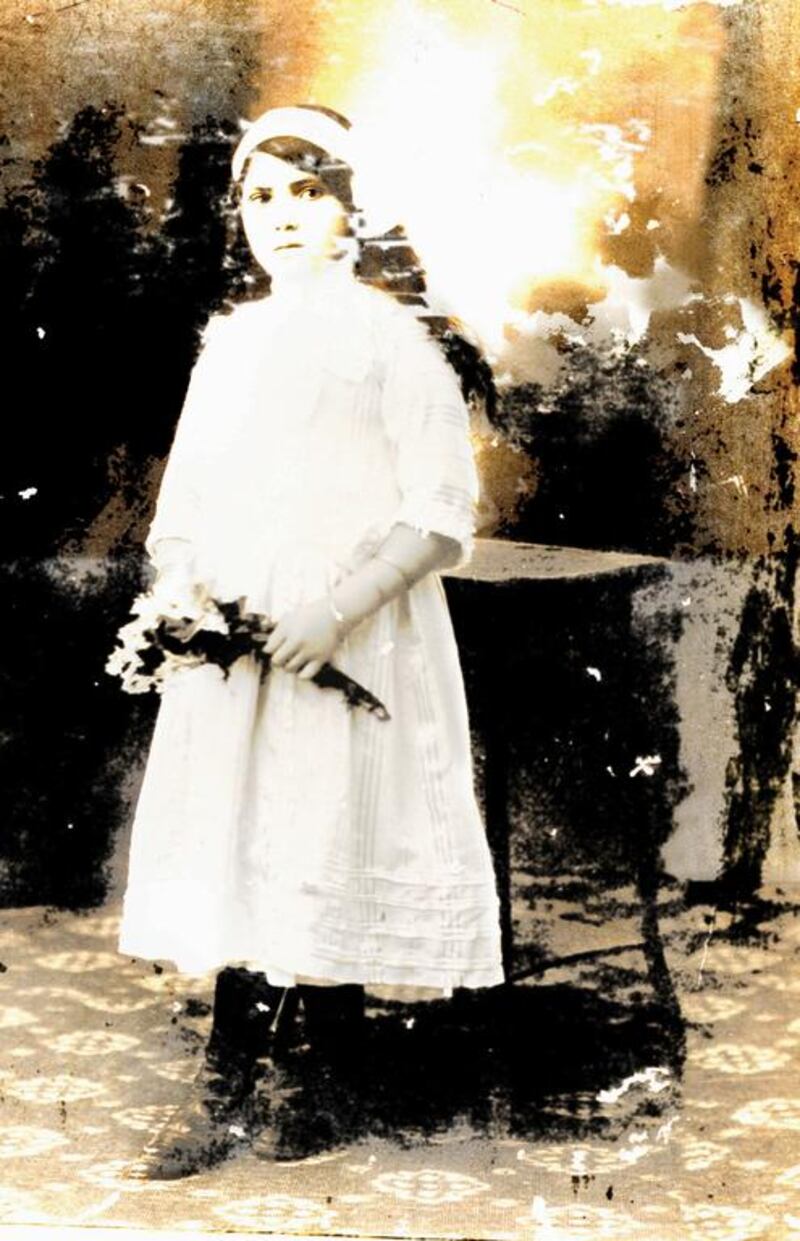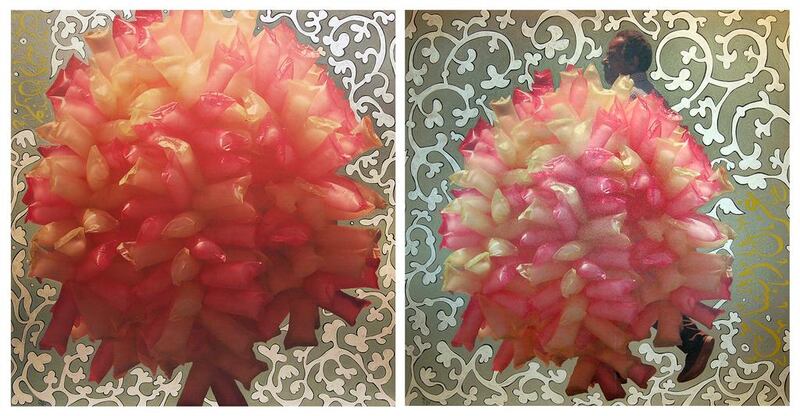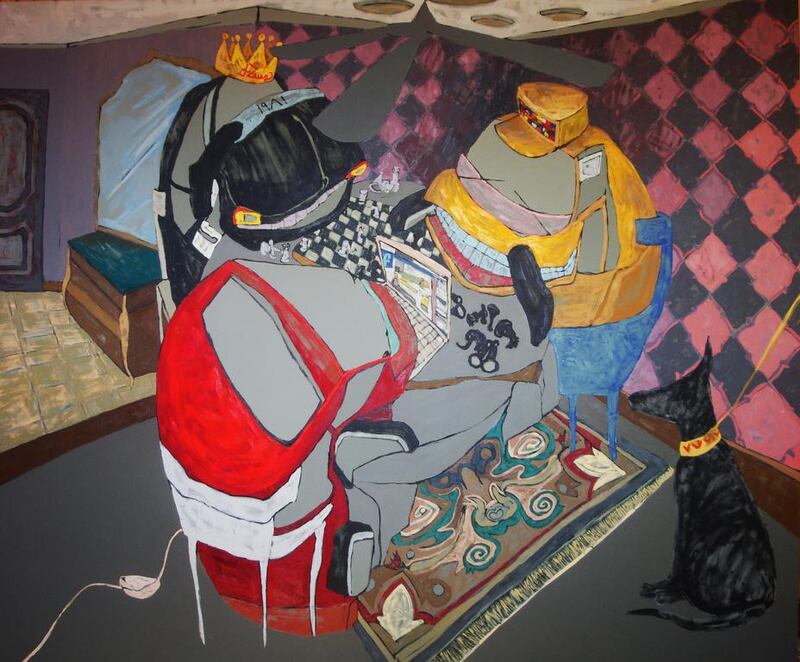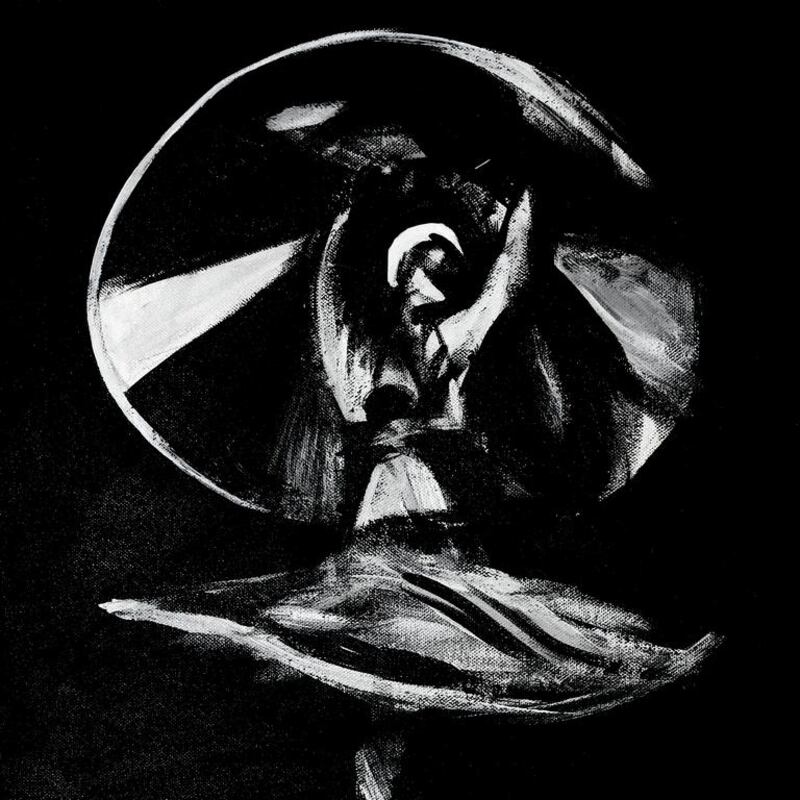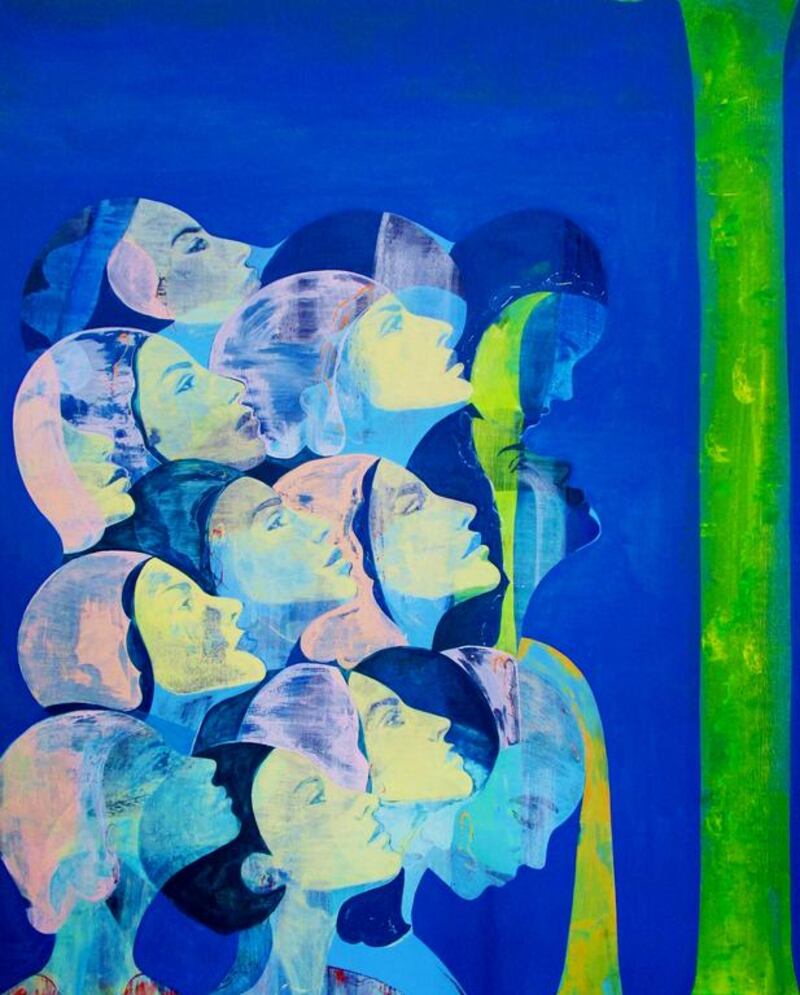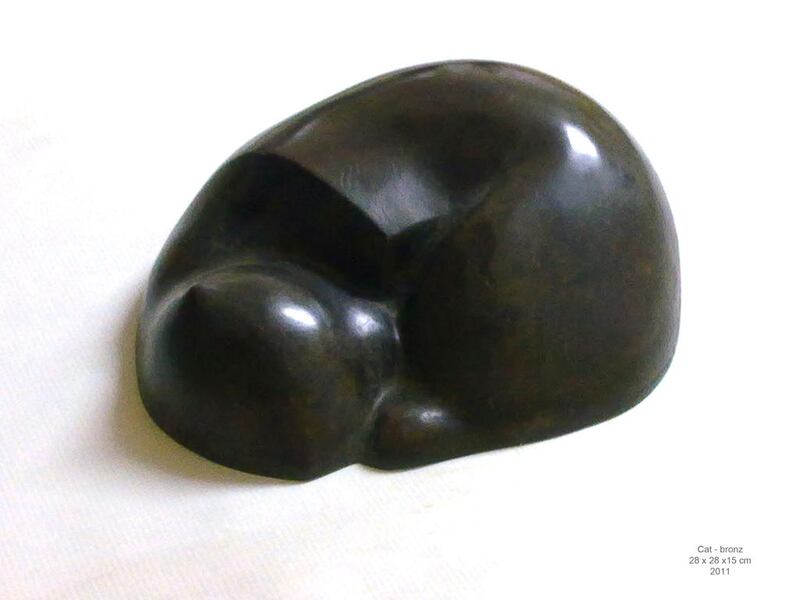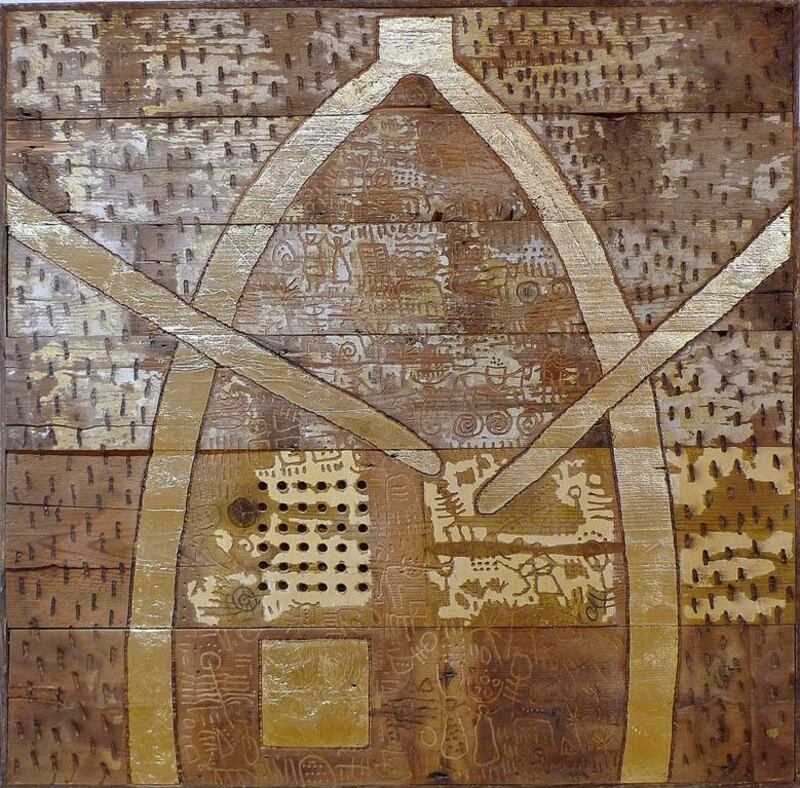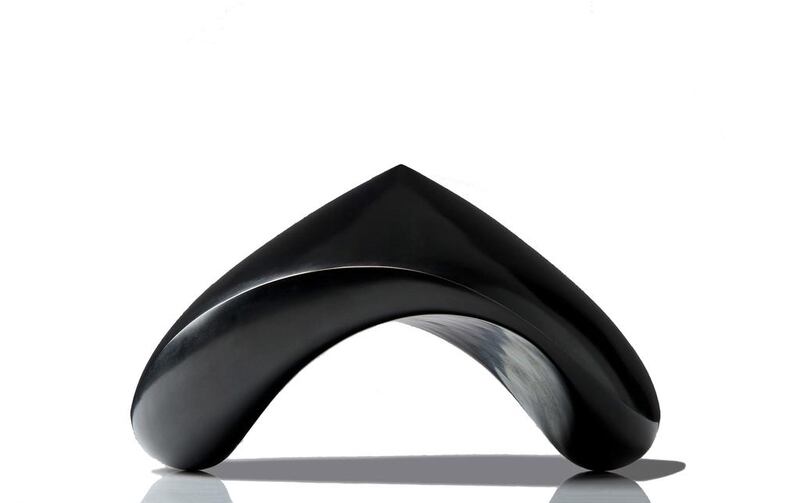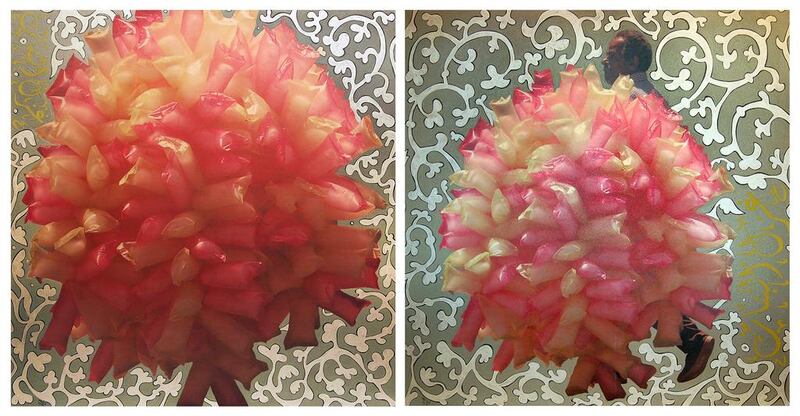Amid political revolutions, mass protests, controversial jailings and unrest at the borders, there has been little space left in the headlines for Egyptian art over the past few years. Save for a spate of graffiti art that attracted attention during the immediate period after the 2011 uprising, contemporary art in Egypt has been rather self-contained. That is not to say that it has not been produced. On the contrary, Egyptians have always nourished their art scene, relying on a strong sense of community and a shared identity, which is apparent within each individual’s practice and also drives it forward as a whole.
And since the revolution, artists have been as active as ever, with some responding directly to the turmoil and others continuing their practice despite everything and providing some much-needed stability.
In the UAE, there is one gallery dedicated to opening a window into this world. Gallery Ward, situated within a stone’s throw from Dubai’s Alserkal Avenue in the heart of Al Quoz, has an impressive stable of artists.
And while many other spaces are currently closed for the summer, Gallery Ward is exhibiting one of its strongest shows yet.
Founded by Yaser Askar, an artist and architect, and Ehab El Labban, the commissioner and curator of Cairo Biennale, the gallery is a tour de force in terms of getting to the heart of contemporary Egyptian art.
The duo opened their first branch in Cairo in 2010 and in Dubai last summer. To commemorate its first anniversary in Dubai, the gallery presented the second volume of its Selections series, a concept developed by El Labban to capture the current Egyptian aesthetic.
The exhibition features a survey of works by eight artists, including Ahmed Kassim, who had a solo show earlier this year titled The Hive, featuring regular people as worker bees and the enemies of a state represented by large, lumbering bears or slightly more menacing beekeepers, who were deliberately painted ambiguously so as to also resemble weapons inspectors from the United Nations.
It also features the almost ghostly yet strangely beautiful figures of Essam Marouf. Marouf is a well-established artist who graduated from the prestigious Accademia di Belle Arte in Rome in 1985. He always chooses to paint figures that remain androgynous and, although they bear many elements of ancient Egyptian culture, could also be from any age or time, which means they appeal to human commonalities rather than differences. Marouf’s large canvases are all untitled and hang in prominent places in the gallery.
A variety of media is used in the rest of the works. Nagla Samir uses photographic prints to create modern yet aged family portraits and Ayman El Semary engraves huge pieces of reclaimed wood for his hieroglyphic-style works.
Armen Agop’s bronze sculptures are a clear favourite with most visitors. The way he has sculpted the cold metal into unerringly smooth and tactile abstract forms is incredible and his work is an ideal complement to that of Essam Darwish, the other sculptor in the exhibition.
The final two artists are Mohamed Ardash, who chooses to paint the whirling dervishes, a strong symbol of Egyptian culture dating back hundreds of years, and Atef Ahmed, who uses mixed media on canvas to depict a candyfloss salesman, a symbol of contemporary Egyptian culture.
• Selections: Volume 2 runs at Gallery Ward until August 28
Q&A with Ehab El Labban, the commissioner and curator of Cairo Biennale and co-founder of Dubai’s Gallery Ward
What is the concept behind this show?
This show is the second part of a continuing series of exhibitions called Selections from the Contemporary Egyptian Art Scene. The concept behind the series is to present hand-picked collections of diverse and eclectic artworks – in terms of artists, media, and subjects – that highlight a range of talents and new visual expressions in contemporary Egyptian art. In the long term, Selections hopes to provide viewers access to an extensive array of contemporary art from Egypt, allowing for better exposure, deeper understanding, and a more relevant dialogue.
With group shows such as this, do you look for a recurring theme between the art works or do you simply select the best items from each one?
With respect to the ‘diversity’ element in the concept of the show, I try to divert away from focusing on a specific theme, as it could be limiting. I prefer to show a comprehensive collection of artworks that reflects Egyptian art and culture and that communicates various expressions, moods, ideas and interpretations.
Comment on the artist Essam Marouf who is showing in this exhibition. Why did you decide to include him?
I’m struck by many elements of Essam Marouf’s work. In the group and individual portraits shown here, the artist draws from his Egyptian heritage and experience with European culture presenting images of universal quality that live outside political and social boundaries. He tells a human story everyone finds a way to relate to. Peaceful energy radiates from his colour palette and figures, as Marouf captures an ephemeral spirit and aspiration, or in other words the unique state of connecting and communicating with our subconscious. It is an emotional state usually reached through dreams, deep meditation or prayer, in which we are beyond our reality, balancing between this world and the next, the past and present, physical reality and the dream world. Therefore, when looking at his work, we find the figures familiar however unable to recall how we know them and it is from there, from that surreal uncanny feeling, that each viewer’s journey with Marouf’s work begins.
Many visitors really connect with the sculptures of Armen Agop – why did you decide to include sculptures in this show?
It was in Egypt that sculpture emerged as a true form of art and it became a symbol of Egyptian history, heritage, and culture. The practice has lived in the country, evolving from ancient to contemporary. Including sculptures in the exhibition is a celebration of that intrinsic tradition as well as a chance to present the audience with a wider variety of art from Egypt.
Do you think there is an awareness about Egyptian art in Dubai?
Yes. Egyptian art accumulates a rich history of over a 100 years, so Egyptian artists have always been masters and pioneers of the regional art scene for collectors, for institutions and for students.
What is the one thing that you think people should take away from this show?
Actually, there are two things. First is hoping the audience finds and identifies with individual artworks or artists. And the second is to experience and understand more about Egyptian culture through the various forms of expressions presented.
aseaman@thenational.ae
